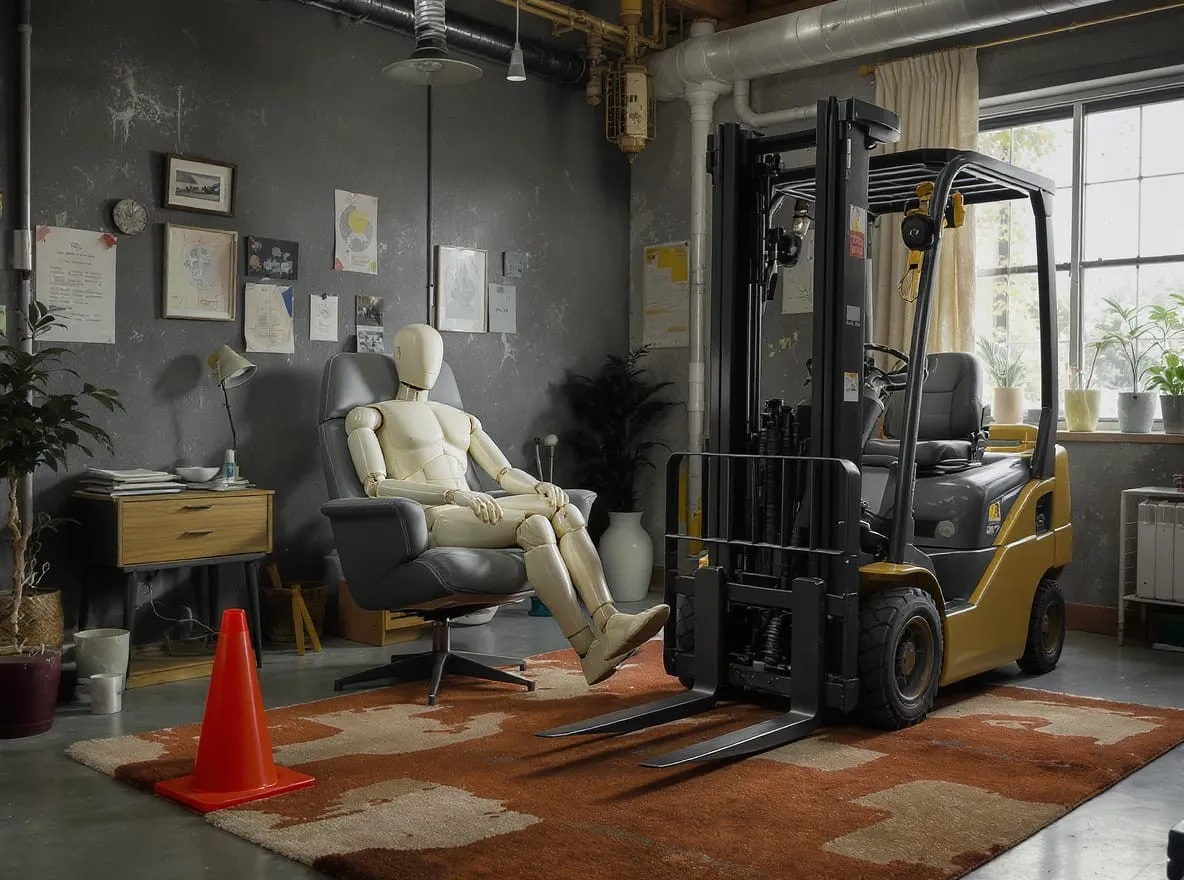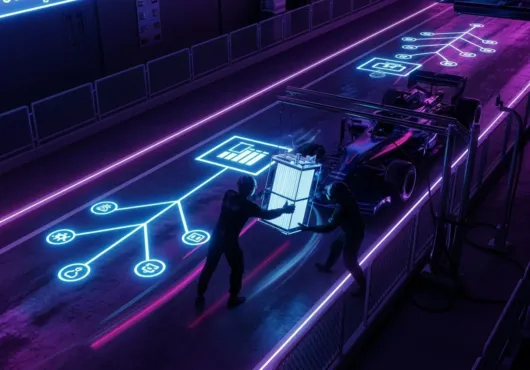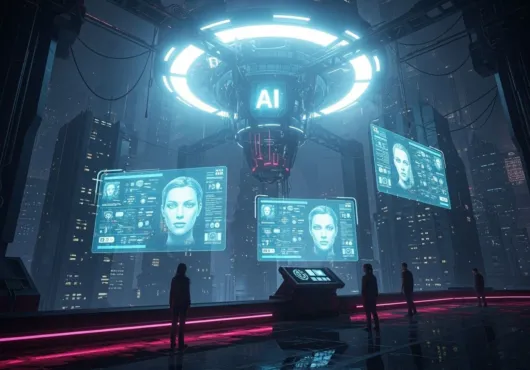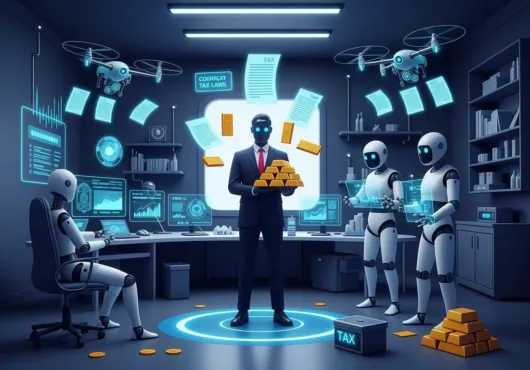Emotions are a UI that moves people, not just pallets.
First hour on shift and the robot refuses to make eye contact—mostly because it has none. Just a glowing ring of sensors judging your walking speed like a hall monitor with lasers. It rolls forward, hums, predicts your path, then parks itself right in it. HR calls it a cobot. Your shins call it management.
Cobots don’t just move pallets; they rewrite the choreography of work and create trust debt if motion isn’t legible.
Safety lives in predictable behavior: conservative yields, clear signals, fail-open defaults—not glossy confidence scores.
Share near-miss data with workers and make the demo boring: nothing flashy, everything explainable.
What cobots change isn’t headcount—it’s choreography
The pitch is tired: robots “assist,” humans “focus on higher-value tasks.” What actually changes is the floor’s rhythm. Routes, pauses, hand signals, who yields at the blind bend near inbound—every micro-negotiation gets rewritten by a machine that can’t read sighs, sarcasm, or that look that means dude, let me pass. Productivity rises—on paper—while humans accumulate trust debt: tiny hesitations that add up to lost flow and more near-misses than anyone logs.
Safety theater vs. the messy edge cases
Demo videos love pristine aisles and ballet-smooth pallets. Real floors have: half-wrapped skids, leaking shrink, crooked racking, a surprise ladder, and Carl’s lunch. Vision says “clear”; the fork meets “physics.” The most dangerous second is the one after a model is 95% confident you’re not there. In human language, that’s oops.
Blind corners aren’t solved by confidence scores; they’re solved by predictable behavior.
“Person detected” is binary; intent isn’t. Are you passing, darting, reaching, bending? The robot doesn’t know, so it should act like a grandma at a four-way stop. Conservative, repeatable, a little annoying—and safe.
Interpretable motion beats clever motion
Humans forgive slow if it’s legible. We don’t forgive fast that’s random. Give the machine a personality you can read without a manual:
Telegraph decisions. Tiny pre-moves and visible countdown arcs before turns or lifts.
Standardized yields. Robot always yields within marked zones; human owns the choke point. No vibes, no debate.
Fail-open rules. If confidence drops, robot stops, signals, retracts forks to safe height, and announces state—lights + tone you can hear over a pallet jack.
Black-box cleverness is cute in a keynote and cursed in a tight aisle.
When the robot quietly becomes your boss
Cobots don’t just move pallets; they measure: footsteps, pauses, dwell time at stations, “inefficient routes.” That data feeds dashboards that feed “coaching” which smells a lot like surveillance. Congratulations, your helpful assistant is a compliance machine with forks. If leadership wants telemetry, fine—put it on the robot too. Where did it hesitate? How many re-route events? How many times did a human bail it out? Bossware goes both ways.
Cheap wins that actually work
You don’t need a grant to make this sane.
Mark the handshake. Tape arcs for turning radii; zebra stripes for “human priority.” Paint the choreography into the floor so nobody argues it mid-shift.
Mirrors > miracles. High, wide convex mirrors at every choke; sensors miss what a $40 mirror catches.
Ritualize the pause. Two beats at blind corners. Always. Train humans and robots to expect it.
Near-miss notebooks. A ten-second paper log at end of shift beats a month of unfiled “we should report that”s. Make it blameless; make it count.
Who owns the near-miss data?
Vendors will happily tokenize “events” into a pretty dashboard. Cool. Export it. Workers should see it. If the robot blindsides the same corner three times a week, the people who dodge it deserve the receipts—and a say in fixing it. Data that only travels up becomes a cudgel; data that travels across becomes collaboration.
The forklift with feelings (and boundaries)
No, it doesn’t feel. But it should signal like it does: give space, apologize with motion when wrong, exaggerate intent when unsure. That’s not fake empathy; that’s human factors. The machine learns our dance, not the other way around.
Make the demo boring on purpose
If you want adoption, don’t show a robot threading a needle. Show it hesitating, yielding, and retreating to safe pose the same way every time. Show a human stepping out early and the machine over-correcting toward caution, not speed. Sell the predictability, not the flex.



